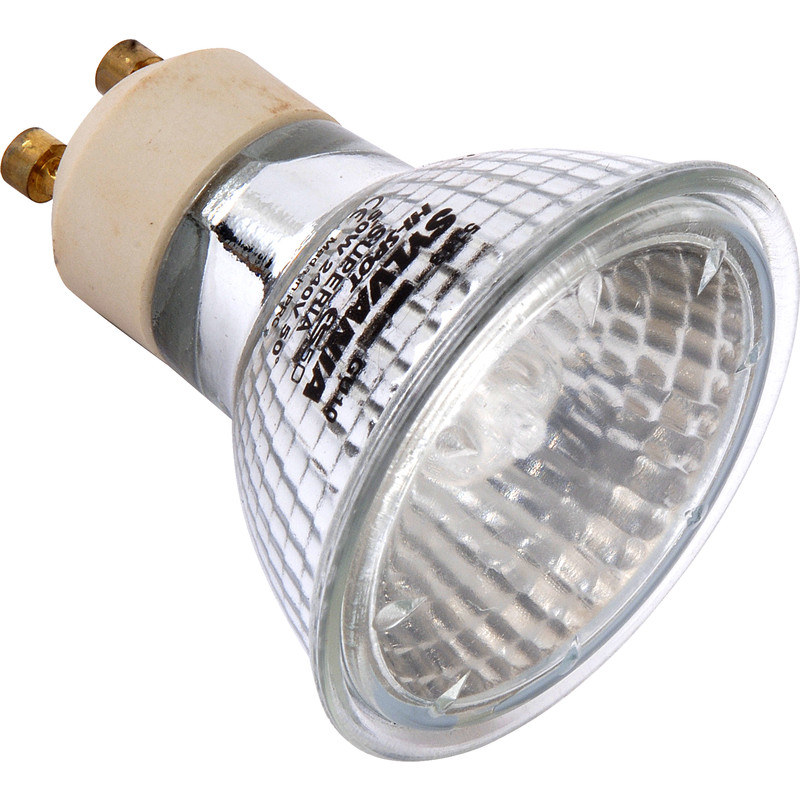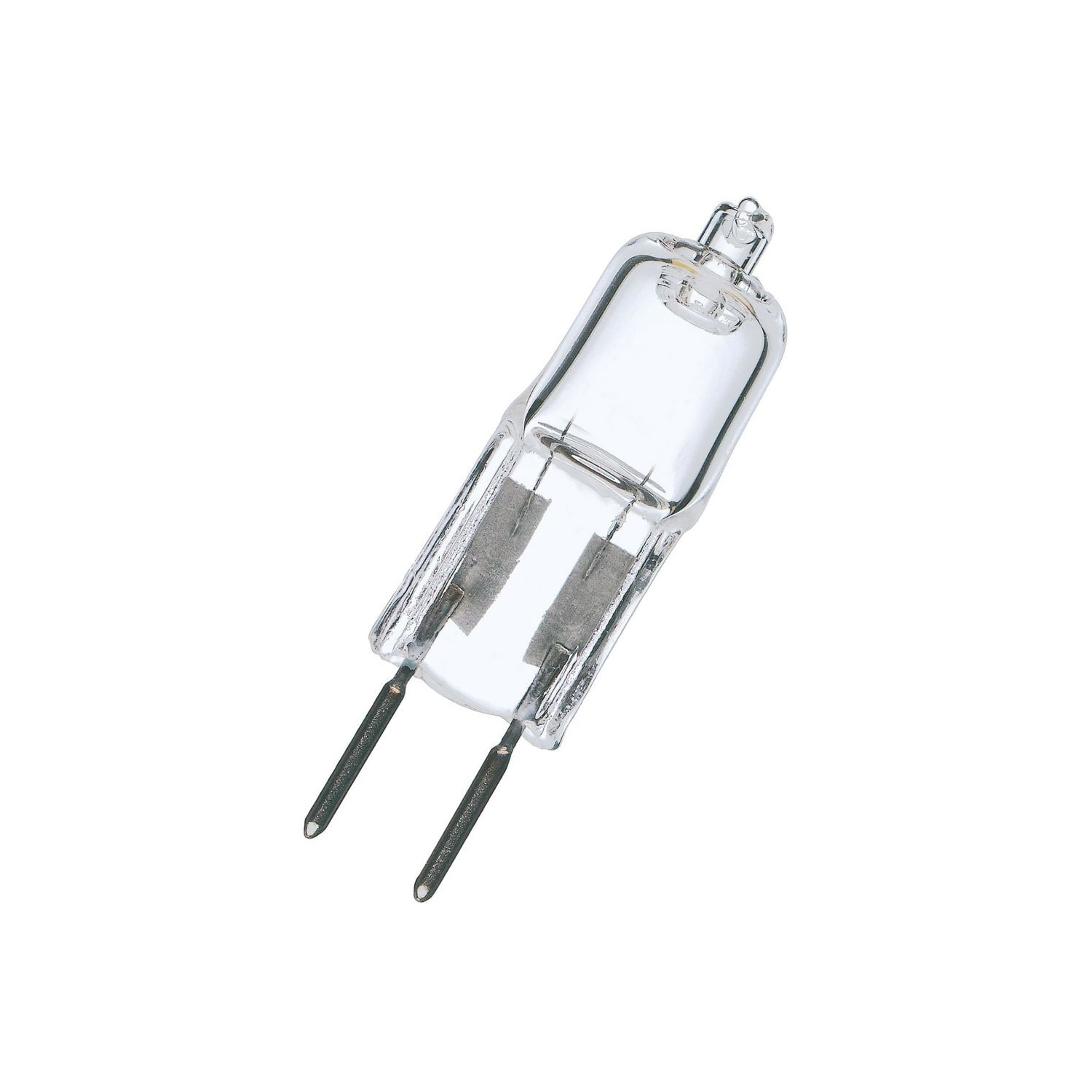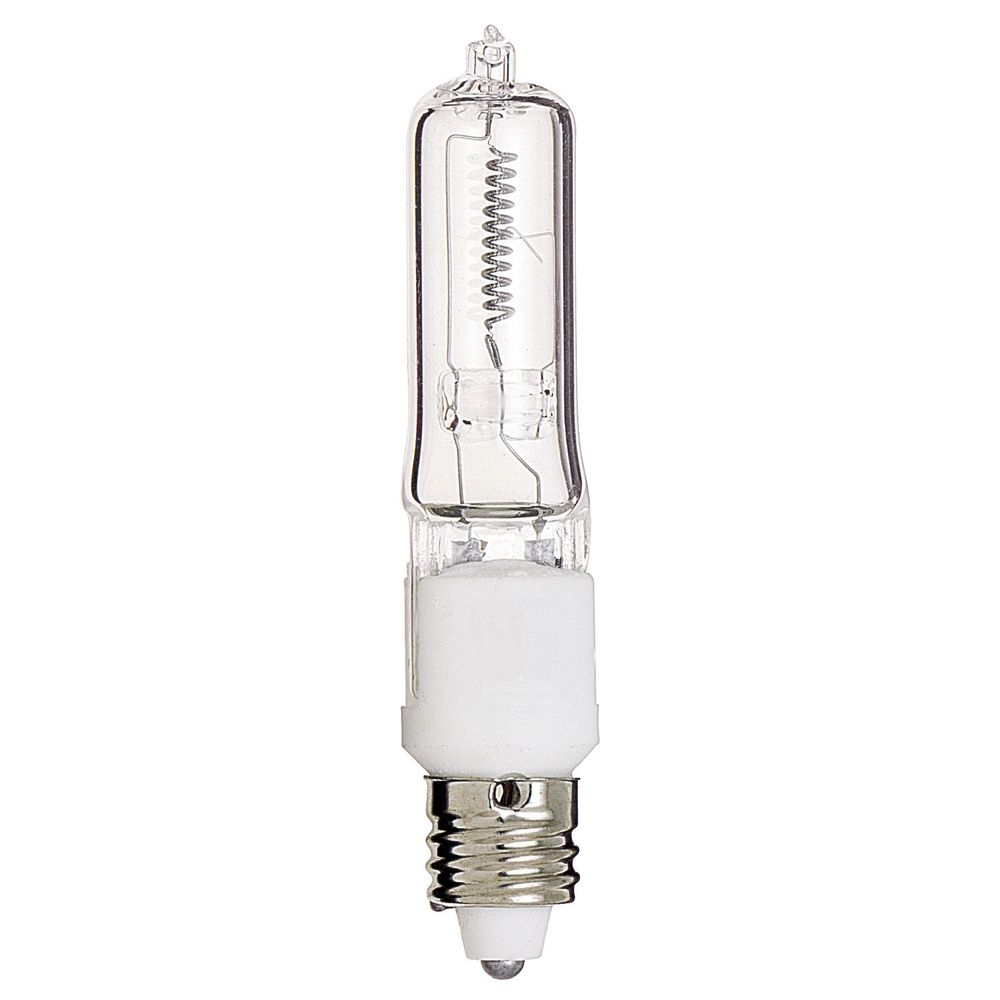
Note that other light sources such as fluorescent lamps and light emitting diodes (LEDs) are still far more efficient than halogen lamps. Halogen lamps with the same power but a lower operating voltage of 12 V can range substantially higher luminous efficacies around 20 lm/W, but the difference gets somewhat smaller when considering power losses in the required lamp power supply. Typical 230-V household halogen lamps with a power consumption of 60 W, for example, reach a luminous efficacy around 16 lm/W. The advantage resulting from the explained halogen cycle is that such a lamp can be operated with a substantially higher filament temperature (around 2900 to 3200 K) while still maintaining a reasonable lifetime and avoiding metal deposition on the glass, which would lead to darkening.Ĭonsequences of the increased filament temperature are (a) an increased luminous efficacy, leading to improved energy efficiency, and (b) an increased color temperature, which ironically gives it a “colder” appearance, which is closer to daylight. Halogen lamps are significantly more efficient than ordinary incandescent lamps, but still far less efficient than some other light sources.


Halogen lamps must not be confused with metal-halide lamps, which are based on an entirely different operation principle. Therefore, one typically uses relatively small bulbs (with the glass being closer to the hot filament), which are often made of quartz glass ( fused silica), because that material can withstand substantially higher temperatures than ordinary bulb glass.Īs the filament is typically made of tungsten, as for most other incandescent lamps, the term tungsten halogen lamp is frequently used. In order to avoid deposition of metal on the glass bulb, the bulb needs to become relatively hot during operation temperatures around 250 ☌ are appropriate. When it gets close to the hot filament again, it dissociates, and the released metal is deposited on the filament. The halogen chemically reacts with evaporated tungsten metal from the filament, forming a halide which moves around in the bulb. That gas filling can establish the so-called halogen cycle. Halogen lamps are a special type of incandescent lamps, where the bulb is filled with a gas mixture which contains a small amount of a halogen such as iodine or bromine.
HALOGEN LAMP HOW TO
How to cite the article suggest additional literature If you are ready to make a formal enquiry, please fill in the form on our contact page.Definition: incandescent lamps with a halogen filling, allowing for higher operation temperatures Ushio’s latest brochures and product catalogues can be found on our downloads page.

Read about how our halogen lights performed in the testing of ESA’s JUICE satellite mission HPL+ Ceramic lamps are designed for use with ETC Source Four theatre and stage lighting fixturesĬlick here to learn more about USHIO HPL+ Ceramic lamps for ETC Source Four lighting fixtures.Rapid heating in semiconductor industry.Price-sensitive optical fibre solutions.

They are also the ideal solution for photography, stage, and studio lighting due to their high colour temperature and stability. Our halogen single ended lamps are mostly applied where spot lighting is required, such as in analysis or measurement processes in the medical or scientific sectors. Care222® filtered 222 nm far UV-C disinfection lamps.Soraa® Retrofit LED Lamps & Ushio LUXIA Electronic Transformers.


 0 kommentar(er)
0 kommentar(er)
